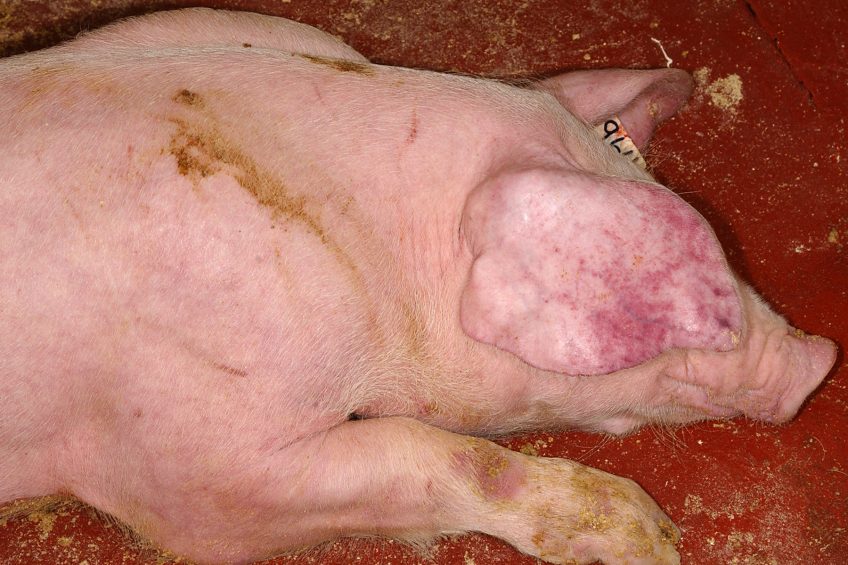African Swine Fever can be in Germany in 4 years

According to a computerised model, African Swine Fever will reach wild boar populations in Germany in about 4 years. That – and more updates – became clear at the recent edition of the International Pig Veterinary Society (IPVS) Congress, held in Chongqing, China, 11-14 June.
The IPVS congress, which drew a whopping 5,500 veterinarians from predominantly China, touched on a range of different topics – and a series devoted attention to the growing problem of African Swine Fever (ASF) in Eastern and Middle Europe.
Early warning analysis
Interestingly, the Polish researcher Andrzej Jarynowski of the Interdisciplinary Research Institute in Wroclaw, Poland, introduced an early warning analysis for ASF propagation in this area of Europe. On the basis of older outbreaks the team wanted to predict where and when outbreaks will take place in the future.
The team analysed 3,230 infection events that took place between February 2014 and November 2017 and copied down time, longitude and latitude. The team concluded that the viral disease spreads west at a speed of around 200 km per year. In the conclusion, Dr Jarynowski said, “Even if the epidemiological situation in previously affected regions could stabilise in the near future, the propagation will continue.”
ASF in Germany in 4 years
Dr Jarynowski, who received an award for his research during the IPVS Congress, explicitly mentioned in his presentation that ASF could be introduced to Germany’s wild boar population in 4 years’ time. That is excluding the role of humans, he told Pig Progress, as humans have been responsible for spreading the ASF virus a lot quicker through Europe by irresponsibly dealing with infected meat or carcasses.

Dr Jarynowski told Pig Progress as well that in his view, European authorities pay too much attention to the risk of truck drivers who dispose of half eaten sandwiches at the road side – and seemed to overlook the danger of migrating farm workers. In his view, farm employees pose the biggest risk for spreading ASF, having become redundant when farms shut down due to ASF. They might try their luck on farms further west, unintentionally spreading the disease.
Lessons learned about ASF in Russia
Prior to Dr Jarynowski, Prof Denis Kolbasov of the Russian Federal Center for Virology and Microbiology highlighted the ASF situation in Russia in a keynote lecture, ‘Ten years with African Swine Fever – lessons learned’.

One of the main messages he had for the audience was that “there is some evidence that after quite a long time (18 months) and a dramatic decrease of the wild boar subpopulations (80% of the initial population size) the disease may fade out.”

Read more on pig health in the Health Tool
This, Prof Kolbasov concluded on the basis of the situation in Russia – where wild boar population densities are not as large as in Central and Eastern EU. He showed a slide showing a decreasing trend in both the wild boar density as well as the number of ASF cases in the Saratov region in Russia.











